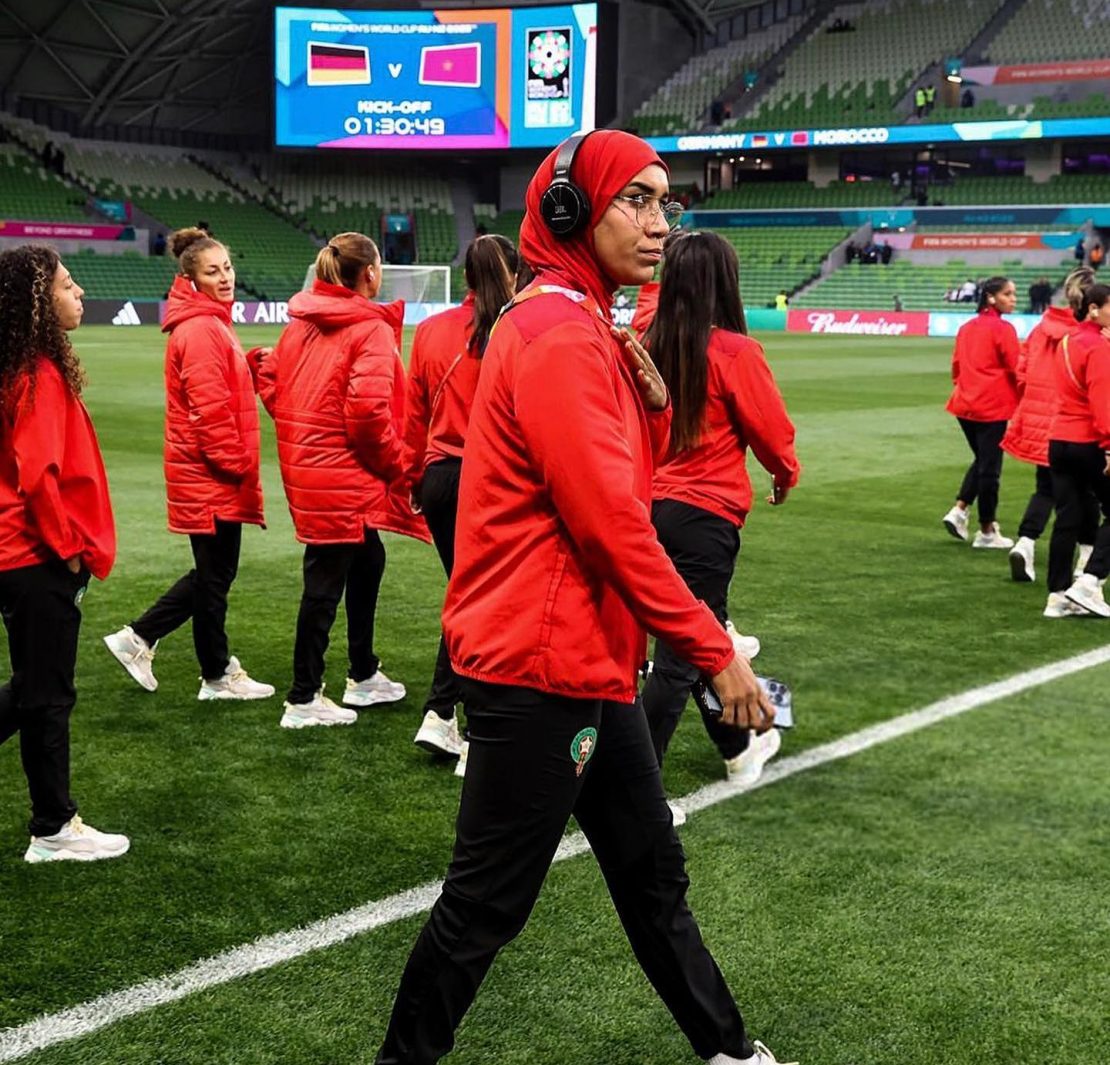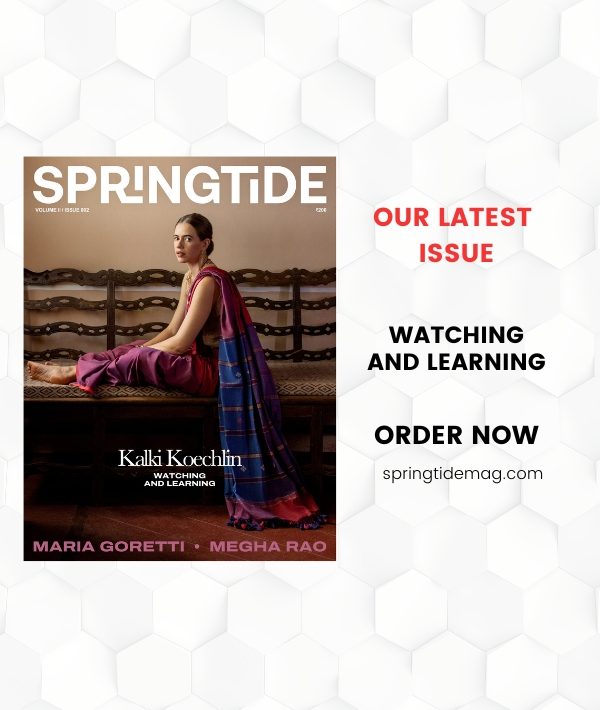Soccer player Nouhaila Benzina became the first player to wear a hijab on the field during Morocco’s first match of the Women’s World Cup against Germany on Monday.
The 25-year-old defender on Morocco’s Atlas Lionesses plays her club football for the Sports Association of the Royal Armed Forces club in Rabat and has played many matches while dressed in a hijab– but never at a World Cup.
Although Benzina was on the bench for the Group H match against Germany, supporters across the world are hoping that Benzina’s impact will encourage more Muslim women to pursue their soccer dreams. The team faced a brutal defeat against the World Cup giants Germany, losing 6-0, but it was a remarkable feat regardless, as this was the first time Morocco qualified for the Women’s World Cup. Morocco is one of eight teams making their debut at the FIFA Women’s World Cup this year, alongside Haiti, The Republic of Ireland, Panama, the Philippines, Portugal, Vietnam and Zambia.
FIFA, the international governing body of association football had previously banned players from wearing the hijab on the field, citing “health and safety” concerns, some related to possible choking, with regulations forbidding “equipment that is dangerous to himself or another player.” It first began with a 2007 incident, when a referee forced an 11-year-old Canadian girl to not wear a hijab during a match. The eventual ban led to Iran’s football team pulling out of Olympic qualifying matches in 2010.
After attempts from activists to overturn the ban, FIFA granted the Asian Football Confederation a two-year trial period during which they allowed players to wear head coverings at international competitions. No senior-level World Cups, men’s or women’s, were scheduled during the trial period. In 2014, FIFA lifted its ban on head coverings. Two years later, the under-17 Women’s World Cup in Jordan marked the first time Muslim players wore headscarves during an international FIFA event.
While many countries followed in FIFA’s footsteps, the French Football Federation still bans players from wearing headscarves in official matches and any competitions it organizes. The top administrative court in France upheld a decision to ban the hijab in football, in contrast with FIFA’s policies. Home to one of Europe’s largest Muslim minorities, France has implemented laws designed to protect its strict form of secularism, known as “laicité,” which President Emmanuel Macron has said is under threat from Islamism.
Outside France, though, several sports have moved to lift bans on head covering in recent years, including basketball and volleyball.
Until 1996, the Olympic Games excluded hijabi athletes, but since then, boxers, weight lifters, runners, fencers, and judo athletes have worn it at the competition.




